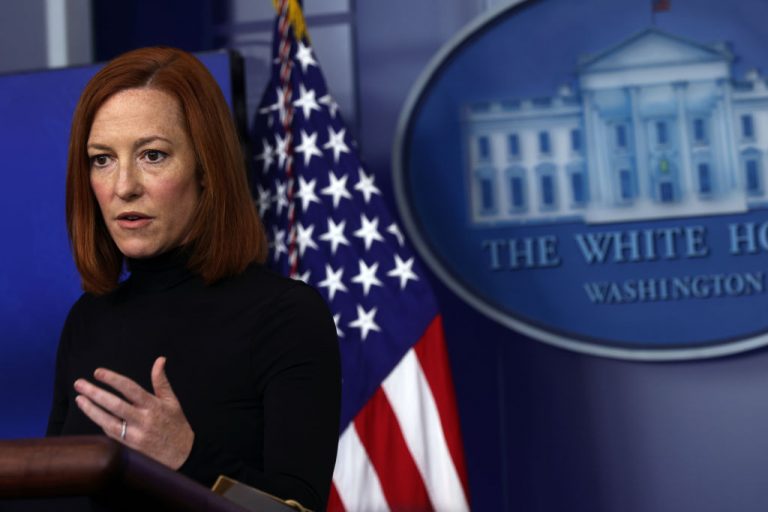The U.S. State Department issued new guidelines enabling U.S. officials to meet more freely with officials from Taiwan. The move strengthens relations between the U.S. and Taiwan at a time when Chinese Communist Party (CCP) military aggression around the island has been on the rise.
On April 9, at a press briefing at the White House, Press Secretary Jen Psaki said that concerns about military action near Taiwan have been growing. She remarked, “China has taken increasingly coercive action to undercut democracy in Taiwan. We’ve seen a concerning increase in PRC military activity in the Taiwan Strait, which we believe is potentially destabilizing…we are watching that closely.”
It was also on April 9 that Ned Price, Spokesperson for the Department of State, released a statement explaining the new guidelines that would bolster U.S.-Taiwan relations. Price claimed the move “reflects our deepening unofficial relationship,” and spoke highly of Taiwan, claiming that the nation “is a vibrant democracy and an important security and economic partner that is also a force for good in the international community.”
“These new guidelines liberalize guidance on contacts with Taiwan, consistent with our unofficial relations, and provide clarity throughout the Executive Branch on effective implementation of our ‘one China’ policy,” Price stated.
Near the end of Trump’s presidency, former Secretary of State Mike Pompeo removed restrictions and guidelines for U.S.-Taiwan contact, stating that “the U.S.-Taiwan relationship need not, and should not, be shackled by self-imposed restrictions of our permanent bureaucracy.” Pompeo was referring to restrictions that were put in place when the Taiwan Relations Act of 1979 was made.
Success
You are now signed up for our newsletter
Success
Check your email to complete sign up
The Taiwan Relations Act obligates the U.S. to support Taiwan’s defense capabilities, but is ambiguous about the measures the U.S. military would take in retaliation to a communist China military attack.
According to AP, the CCP condemned Pompeo’s removal of bureaucratic restrictions back in January. AP also mentioned that the new guidelines do not include all the changes Pompeo made, as the former Secretary lifted virtually all restrictions between the U.S. and Taiwan, including rules about wearing uniforms and displaying flags at meetings.
South China Morning Post said that analysts credited Pompeo and the Trump administration for “helping pave the way” to the new guidelines that bring Taiwan and the U.S. closer together. “The Trump administration’s decision to eliminate the guidelines provided a welcome excuse to the incoming Biden administration to update them,” said Bonnie Glaser, director of the China Power Project at the Centre for Strategic and International Studies.
Back in January, Glaser said that the Biden administration would “rightly be unhappy that a policy decision like this was made in the final days of the Trump administration,” as the move kept the Trump administration’s tough on China stance appearing stronger, in the midst of an upcoming struggle for the narrative of which administration is tougher on China.
















